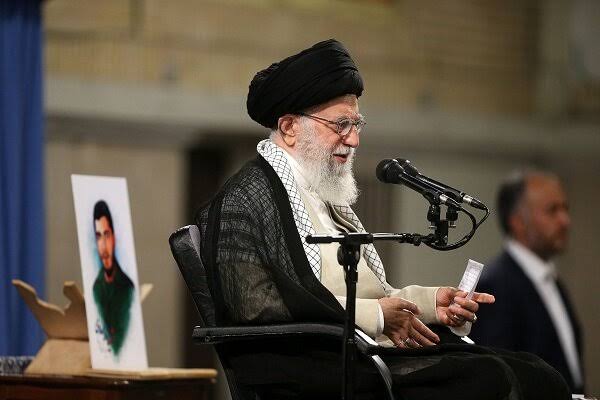Khamenei Names Three Potential Successors Amid Israel Conflict
Tehran, Iran — In a rare and dramatic move, Iranian Supreme Leader Ayatollah Ali Khamenei has reportedly named three potential successors in the event of his death during the ongoing conflict with Israel, according to senior Iranian officials and state-affiliated media.
The announcement comes amid heightened fears of regional war following a U.S. airstrike campaign on Iranian nuclear facilities and a sharp escalation in hostilities between Iran and Israel. Intelligence agencies in multiple countries have confirmed increased security activity around Khamenei’s residence in Tehran, as well as tighter protections for other high-ranking clerics.
The three figures identified as possible successors are:
- Mojtaba Khamenei – The Supreme Leader’s son, a powerful cleric and behind-the-scenes political operator, known for his influence over the Islamic Revolutionary Guard Corps (IRGC). Though he holds no official government position, Mojtaba is widely believed to be playing an increasingly central role in shaping policy.
- Ebrahim Raisi – The current President of Iran and a conservative cleric with deep roots in the judiciary and religious establishment. A longtime loyalist of the Supreme Leader, Raisi has been seen as a likely heir for years, despite internal criticism over his economic and foreign policy handling.
- Ayatollah Alireza Arafi – A prominent religious scholar and senior member of the Assembly of Experts, the body formally responsible for appointing the next Supreme Leader. Arafi is viewed as a compromise candidate who may appeal to both traditionalist clerics and political conservatives.
The naming of potential successors is unprecedented in modern Iranian history. Supreme Leaders are typically chosen in secret deliberations by the Assembly of Experts after a leader’s death or resignation. Khamenei’s public move to outline a succession plan is widely seen as an acknowledgment of the growing instability and existential risks facing the Islamic Republic.
According to sources within Iran’s political establishment, Khamenei, 86, issued the directive in a private letter to top military and clerical leaders, warning of “extraordinary times that demand continuity of leadership in defense of the Islamic Revolution.”
The letter reportedly emphasized the need for unity in the event of “martyrdom in defense of the nation,” a phrase interpreted by analysts as an acknowledgment of potential assassination or military strike.
The conflict between Iran and Israel intensified last week after suspected Iranian missile attacks on Israeli military positions in the Golan Heights were followed by retaliatory Israeli airstrikes near Iranian command centers in Syria. Both nations have blamed each other for provocations, and neither side has shown signs of de-escalation.
Inside Iran, the atmosphere is tense. Government buildings and mosques have been fortified, and mass mobilization of the IRGC and Basij forces is underway. State TV continues to broadcast patriotic programming, and public figures have begun referring to Khamenei as a “living martyr.”
International observers have expressed concern that the succession plan may signal Iran is preparing for the worst-case scenario. “The formal naming of successors could be an effort to avoid a leadership vacuum that would otherwise destabilize the country during wartime,” said Dr. Sarah Tabatabai, a regional analyst with the Carnegie Endowment for International Peace.
As the Middle East teeters on the edge of a wider war, all eyes are now not only on battlefields, but on the halls of clerical power in Tehran—where the future of the Islamic Republic may already be taking shape.
This story is developing. More updates to follow as information becomes available.
